Learn
Spanish How To Learn Spanish Fast In Just 168 Hours (7 Days)
Scott Green
ABOUT US
The Blokehead is an extensive series of instructional/how to books which are intended to present quick and easy to use guides for readers new to the various topics covered.

The Series is divided into the following sub-series: 1. The Blokehead Success Series 2. The Blokehead Journals 3. The Blokehead Kids Series We enjoy and welcome any feedback to make these series even more useful and entertaining for you. Feel free to drop us a feedback on any of these websites: Facebook https://www.facebook.com/theblokehead

Get Notice of Our New Releases Here!

Like Us On Facebook https://www.facebook.com/theblokehead
TABLE OF CONTENTS
PUBLISHERS NOTES
Disclaimer This publication is intended to provide helpful and informative material.
It is not intended to diagnose, treat, cure, or prevent any health problem or condition, nor is intended to replace the advice of a physician. No action should be taken solely on the contents of this book. Always consult your physician or qualified health-care professional on any matters regarding your health and before adopting any suggestions in this book or drawing inferences from it. The author and publisher specifically disclaim all responsibility for any liability, loss or risk, personal or otherwise, which is incurred as a consequence, directly or indirectly, from the use or application of any contents of this book. Any and all product names referenced within this book are the trademarks of their respective owners. None of these owners have sponsored, authorized, endorsed, or approved this book.
Always read all information provided by the manufacturers product labels before using their products. The author and publisher are not responsible for claims made by manufacturers. Digital Edition 2015 Manufactured in the United States of America
INTRODUCTION
Spanish is considered as the first language of more than 400 million people. It is the 2nd most spoken native language in the world. It is second only to Mandarin, which has more than a billion speakers. On the other hand, it ranks as the 3rd most widely spoken language in the world, behind Mandarin and English.
It is one of the Romance languages, a category that other European languages like Italian, French, and Portuguese belong to. There are also many people who are fluent in Spanish as a second language. Each year, millions of students around the world enroll in Spanish language courses, and with good reason. Spanish is one of the six official languages of the United Nations and it also an official language of the European Union. There are around 44 countries around the world where Spanish is spoken as a first language. The native speakers of Spanish call it Espaol, although it is also called Castellano.
Espanol and Castellano may be used interchangeably. The language guide of the Spanish Royal Academy regards both words as valid. The Spanish Royal Academy (Real Academia Espaola) is considered as the official authority of the Spanish language. The institution publishes grammar guides and dictionaries, among other Spanish language books. Spanish is a phonetic language. This means that when someone knows how a certain Spanish word is spelled, it is most likely that he would also know how it is pronounced.
There are currently 21 countries around the world that regard Spanish as their official language, including one U.S. territory, Puerto Rico. Most of these countries are in Latin America. In Europe, only Spain regards Spanish as its official language. However, it is also widely spoken in Gibraltar and Andorra, even though it is not their official language. There are other countries where Spanish is regarded as a significant language.
One of them is the United States. More than 44 million people in the U.S have Hispanic roots, and speak Spanish at home. It is the 2nd largest Spanish-speaking country after Mexico. In the Asian-South Pacific area, the Philippines has a significant link to the Spanish language. Although only a small percent of the population speak fluent Spanish, most Filipino words are derivatives of Spanish words; this is because of the 300-year Spanish and Mexican reign in the Philippines from the mid-1600s to the turn of the 19th century. This book is a crash course in learning Spanish.
Spanish is a language that is considered easy to learn, and this book will teach the basics of the Spanish language in 7 days. The reader will first discover why we should learn Spanish. He will also learn about the Spanish alphabet and proper pronunciation, Spanish grammar rules, and basic conversational phrases in different scenarios.
WHY LEARN SPANISH?
Today, there is a huge interest in learning Spanish worldwide. It is a language that is increasing in importance in the United States and Europe. For instance, many Americans, particularly those living in Florida, California, New Mexico and Arizona, are studying Spanish to be able to communicate with many immigrants from Latin American countries.
Statistics also show that Spanish is the second language of choice when it comes to languages that Europeans want to learn -second only to English.  There are a myriad of reasons that people want to learn how to speak Spanish. The most common reason people give is that so many people speak Spanish. Since it ranks 2nd in the world as having the most number of native speakers, it is but natural that millions of people want to learn it. Think of it this way: if you know how to speak Spanish, you can communicate with almost 400 million people around the world! For those people living in the United States, it is more likely that they come in contact with native Spanish speakers in many states. Therefore, learning Spanish has become a necessity.
There are a myriad of reasons that people want to learn how to speak Spanish. The most common reason people give is that so many people speak Spanish. Since it ranks 2nd in the world as having the most number of native speakers, it is but natural that millions of people want to learn it. Think of it this way: if you know how to speak Spanish, you can communicate with almost 400 million people around the world! For those people living in the United States, it is more likely that they come in contact with native Spanish speakers in many states. Therefore, learning Spanish has become a necessity.
In fact, 53% of language students have opted to learn Spanish compared to other languages. Another reason that people learn Spanish is to be able to communicate well with people while travelling to a Spanish-speaking country. While it is possible to not speak a word of Spanish while traveling to these places, part of the enjoyment of traveling overseas is to be able to communicate well with the citizens. Most tourists who go to Spain, Mexico or Peru miss out on many enjoyable experiences because they cannot speak the language. Knowing the language of a group of people will also help us learn and understand their culture. It helps us in figuring out how other people learn and think.
Spanish-speaking countries in Latin America and Spain have rich and interesting cultures. Learning Spanish will help us understand a Spanish-speaking countrys culture. Reading their famous literature in the original language will also aid us in shaping the countrys identity. Also, being able to read newspaper articles and magazines in Spanish will help us understand their contemporary, day-to-day culture. Spanish literature, film and art are some of the best in the world. Learning Spanish will increase a film buffs chance of capturing the nuances of excellent Spanish films.

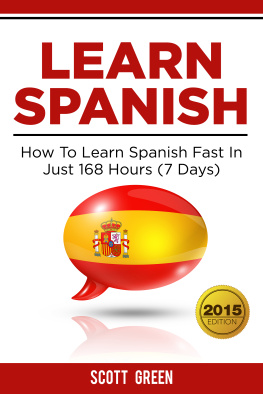



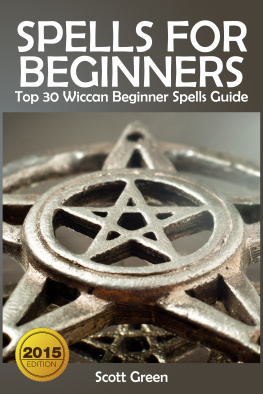
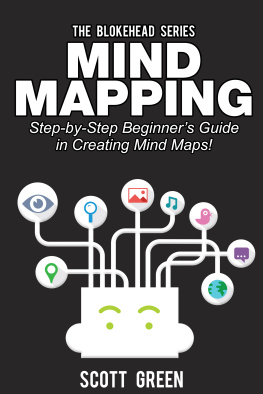
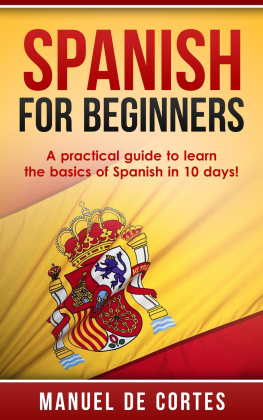
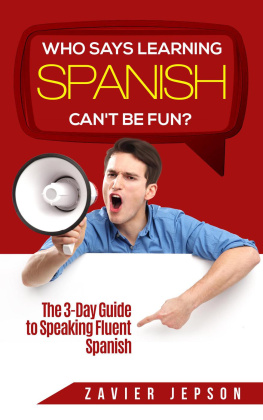
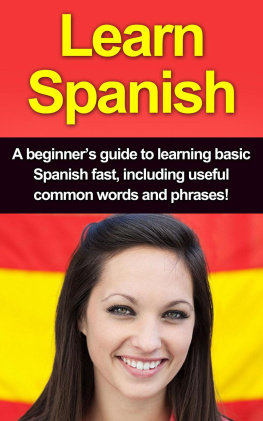

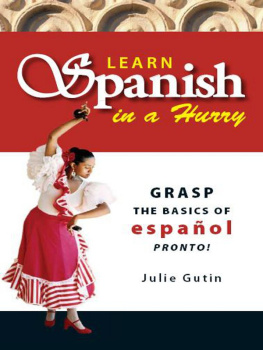
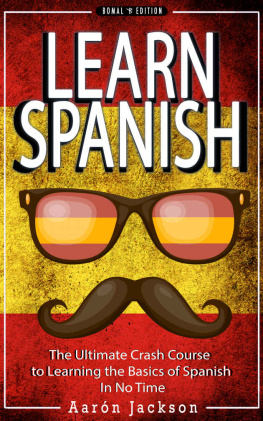
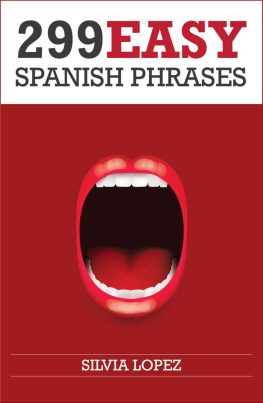
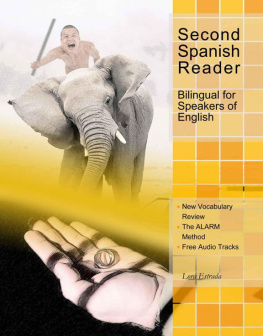
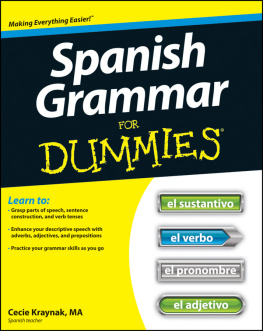

 The Series is divided into the following sub-series: 1. The Blokehead Success Series 2. The Blokehead Journals 3. The Blokehead Kids Series We enjoy and welcome any feedback to make these series even more useful and entertaining for you. Feel free to drop us a feedback on any of these websites: Facebook https://www.facebook.com/theblokehead
The Series is divided into the following sub-series: 1. The Blokehead Success Series 2. The Blokehead Journals 3. The Blokehead Kids Series We enjoy and welcome any feedback to make these series even more useful and entertaining for you. Feel free to drop us a feedback on any of these websites: Facebook https://www.facebook.com/theblokehead 
 Like Us On Facebook https://www.facebook.com/theblokehead
Like Us On Facebook https://www.facebook.com/theblokehead  There are a myriad of reasons that people want to learn how to speak Spanish. The most common reason people give is that so many people speak Spanish. Since it ranks 2nd in the world as having the most number of native speakers, it is but natural that millions of people want to learn it. Think of it this way: if you know how to speak Spanish, you can communicate with almost 400 million people around the world! For those people living in the United States, it is more likely that they come in contact with native Spanish speakers in many states. Therefore, learning Spanish has become a necessity.
There are a myriad of reasons that people want to learn how to speak Spanish. The most common reason people give is that so many people speak Spanish. Since it ranks 2nd in the world as having the most number of native speakers, it is but natural that millions of people want to learn it. Think of it this way: if you know how to speak Spanish, you can communicate with almost 400 million people around the world! For those people living in the United States, it is more likely that they come in contact with native Spanish speakers in many states. Therefore, learning Spanish has become a necessity.